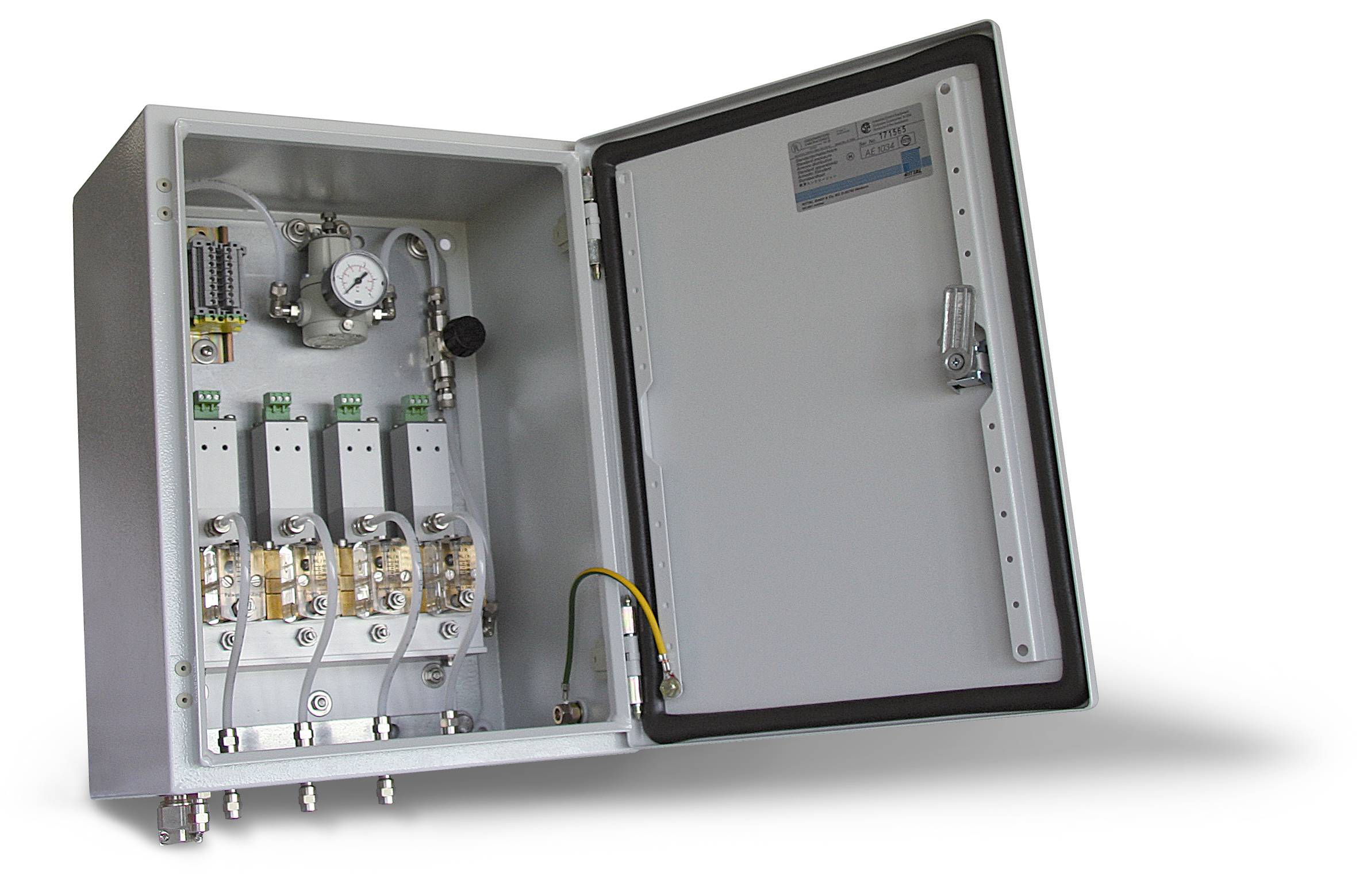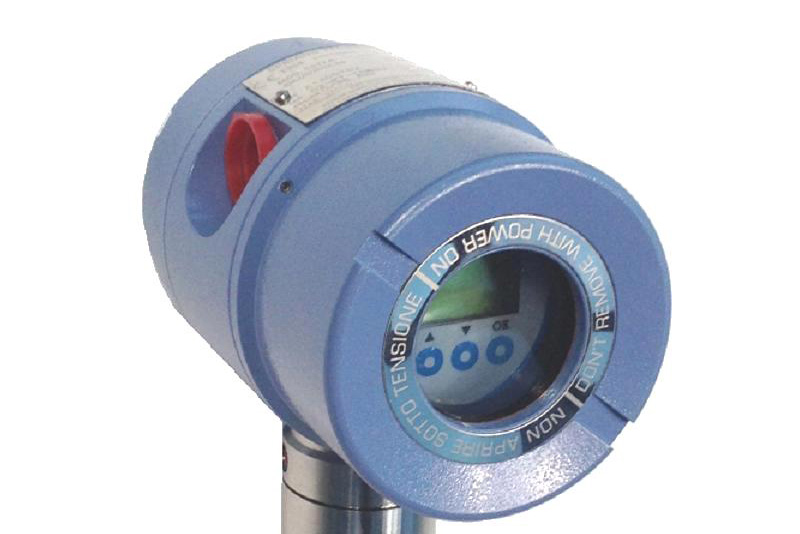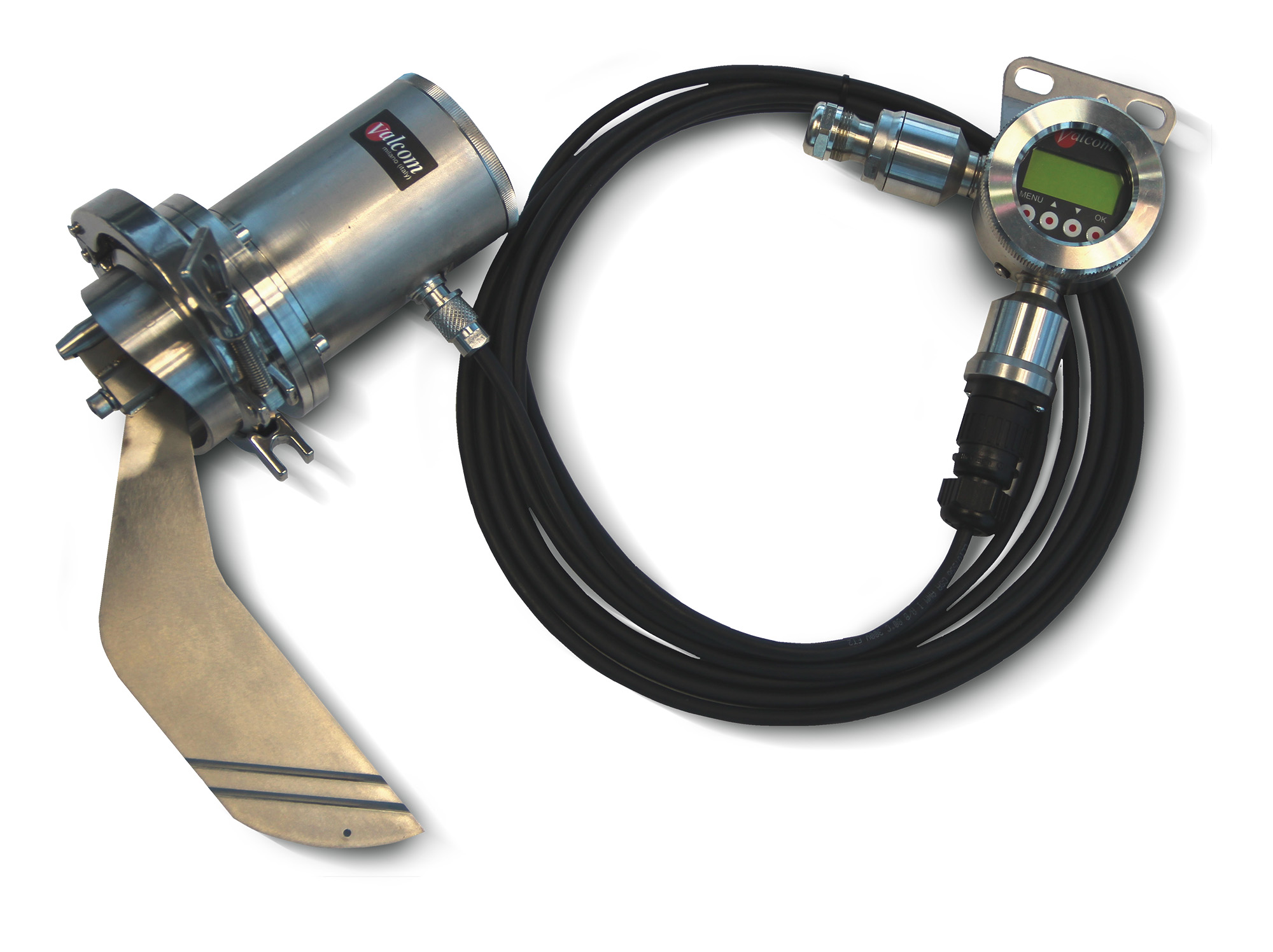
Bubbling Measurement System (BMS)
Since 1974, Valcom® has been committed to designing, developing, and manufacturing instrumentation that not only measures and controls processes and variables in the marine and offshore sectors but also ensures the safety of these operations.
The ballast control system, which regulates ballast in relation to the transported load, is crucial for maintaining the safe floating line and trim of cargo and transport vessels—a principle that harks back to the teachings of Archimedes.
Typically, ballast is managed by filling and emptying structurally designed tanks, sized during the vessel’s design phase according to the maximum allowable load. These tanks are located on the outer sides and bottom of the ship’s structure to exert the most balanced possible upward force, while also protecting the fuel and diesel tanks, which are positioned farther from the external surface, thus reducing the risk of leaks or unwanted spills.
The fluid level in the ballast tanks is adjusted through a remote-controlled valve system, which pumps seawater in or out depending on the required balance. Since ballast tanks typically have irregular shapes, the most reliable system for calculating the displaced fluid volume remains the measurement of the hydrostatic head. This is first correlated with the specific weight of seawater, and then with individual tank conversion tables that provide a centimeter-level step relationship between level and volume.
Valcom® has deep expertise in this field, having successfully completed hundreds of installations worldwide. One of the most widely used techniques for measuring tank levels is the BMS (Bubbling Measurement System), a highly precise method that measures the hydrostatic head exerted by the liquid present in the tank.
The system operates by measuring the pressure needed to maintain a constant and regular flow of air into an open-ended probe submerged in the liquid. As the liquid level in the tank changes, so does the counter-pressure exerted on the outgoing air from the tube. These variations are precisely detected by the Series 27M/T72 converter, which converts the data into a standard 4–20mA electrical signal or HART® protocol.
The PR3 controller ensures a constant bubbling airflow at any level, ensuring reliable and precise measurements. The level signals, represented in standardized analog or digital outputs, are made available to the system chosen by the system integrator or, in some cases, directly by the shipowner. Common solutions include data acquisition systems using PLCs or multi-variable acquisition boards, as well as analog or digital indicators mounted on walls with synoptic or representative layouts.
At this stage, the linear profile of each tank is input to perform the essential conversion between the measured level and the corresponding volume, using devices such as the A2X indicator, for instance.
Follow us on our social media







